The glycine supplement market in South America exhibits a dynamic competitive landscape, characterized by a blend of established players and emerging brands. Key growth drivers include increasing consumer awareness regarding health benefits, particularly in sleep quality and muscle recovery, alongside a rising trend towards plant-based and natural supplements. Major companies such as Gelita AG (Germany), Ajinomoto Co Inc (Japan), and Vital Proteins (US) are strategically positioned to leverage these trends. Gelita AG (Germany) focuses on innovation in product formulations, while Ajinomoto Co Inc (Japan) emphasizes its extensive research capabilities to enhance product efficacy. Vital Proteins (US) has carved a niche by promoting collagen-based glycine supplements, thus diversifying its product offerings and appealing to health-conscious consumers. Collectively, these strategies contribute to a competitive environment that is increasingly focused on product differentiation and consumer engagement.
In terms of business tactics, companies are localizing manufacturing to reduce costs and improve supply chain efficiency. This approach is particularly relevant in South America, where logistical challenges can impact product availability. The market structure appears moderately fragmented, with a mix of large multinational corporations and smaller, specialized firms. The collective influence of these key players shapes pricing strategies and market access, creating a competitive atmosphere that encourages innovation and responsiveness to consumer demands.
In October 2025, Gelita AG (Germany) announced a partnership with a local South American health food brand to co-develop a new line of glycine-enriched products aimed at the fitness market. This strategic move is likely to enhance Gelita's market penetration and brand visibility in a region where fitness trends are rapidly gaining traction. By aligning with a local brand, Gelita AG (Germany) not only taps into established distribution channels but also gains insights into regional consumer preferences, which could inform future product development.
In September 2025, Ajinomoto Co Inc (Japan) launched a new marketing campaign in Brazil, focusing on the cognitive benefits of glycine supplementation. This initiative underscores Ajinomoto's commitment to educating consumers about the diverse applications of glycine, potentially expanding its customer base beyond traditional fitness enthusiasts. The campaign's emphasis on scientific research may enhance brand credibility and foster consumer trust, which is crucial in a market where informed choices are increasingly valued.
In August 2025, Vital Proteins (US) expanded its product line to include a vegan glycine supplement, responding to the growing demand for plant-based alternatives. This strategic diversification not only aligns with current dietary trends but also positions Vital Proteins (US) as a forward-thinking brand that adapts to consumer preferences. The introduction of vegan options could attract a broader audience, thereby increasing market share in a competitive landscape.
As of November 2025, current competitive trends in the glycine supplement market are heavily influenced by digitalization, sustainability, and the integration of AI technologies. Companies are increasingly forming strategic alliances to enhance their product offerings and market reach. The shift from price-based competition to a focus on innovation and technology is evident, as brands seek to differentiate themselves through unique formulations and reliable supply chains. Looking ahead, competitive differentiation is likely to evolve further, with an emphasis on sustainability and consumer-centric innovations becoming paramount in shaping the future landscape.


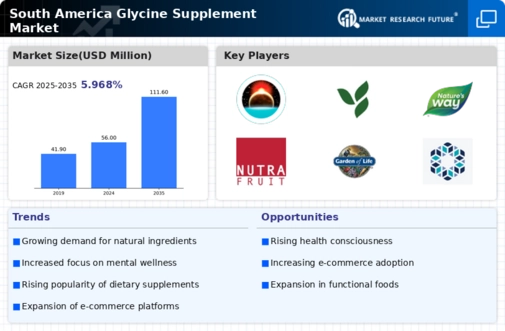
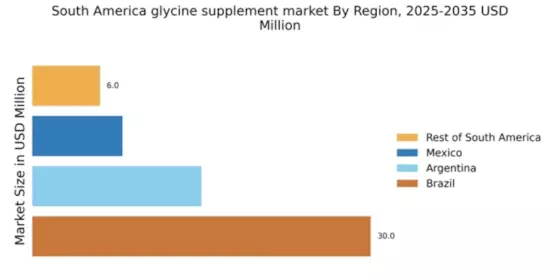
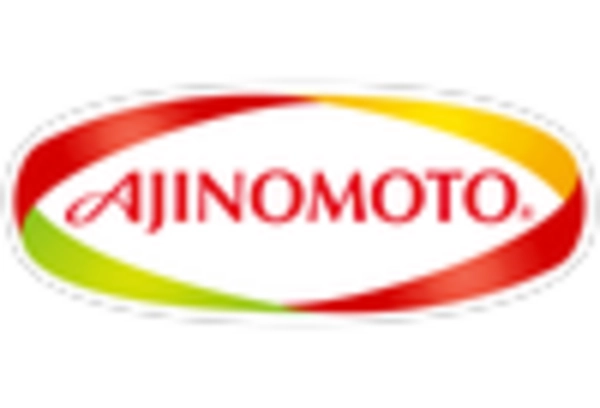

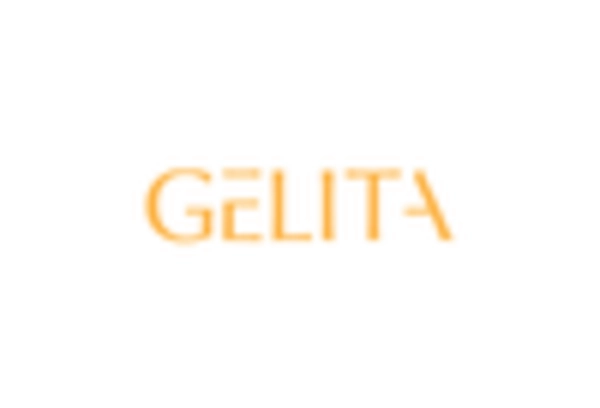

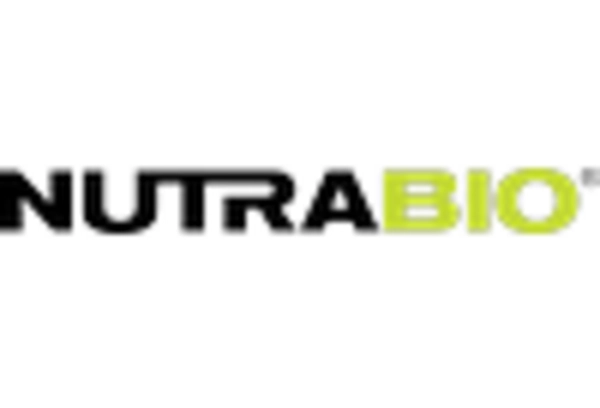
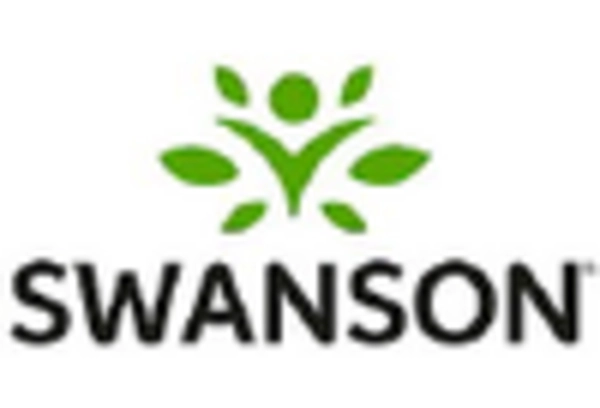








Leave a Comment